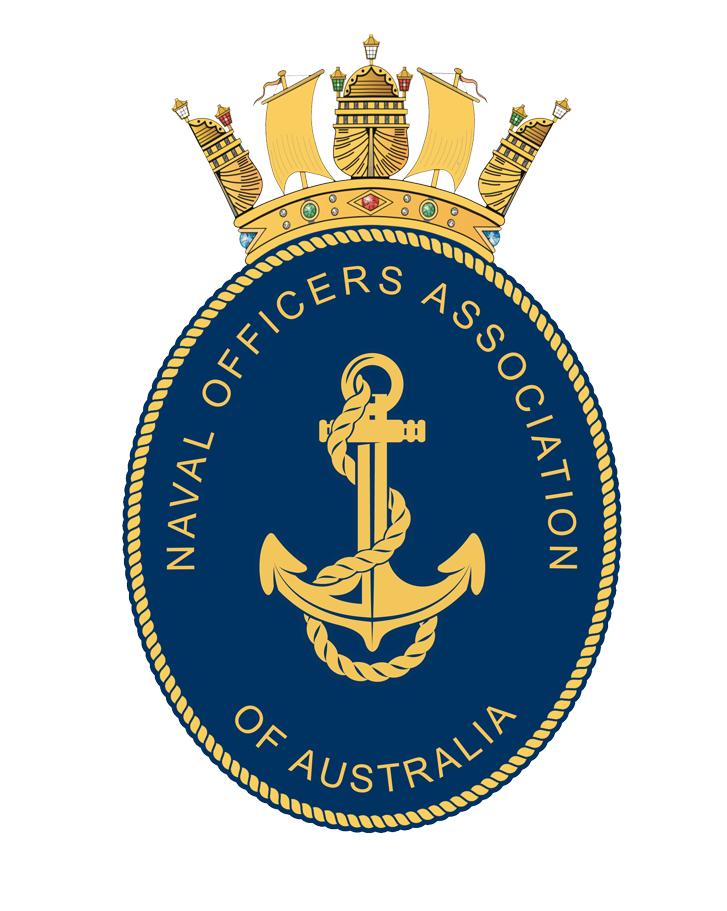USNI News: Last week aircraft carrier USS George Washington (CVN-73) departed its temporary home at Naval Base San Diego for workups before heading to take up station as the flagship for Forward Deployed Naval Forces Japan (FDNF-J).

USS Midway (CV-41) leaving Yokosuka, Japan, in 1991. US Navy Photo
Since 1973, the U.S. has maintained a carrier strike group operating out of Yokosuka, Japan, as part of the FDNF-J starting with carrier USS Midway (CV-41), swapping that carrier in 1991 with USS Independence (CV-62) and in 1998 with USS Kitty Hawk (CV-63).
Unlike U.S.-based ships, FDNF hulls are considered constantly deployed, with the carrier operating under an annual maintenance and deployment schedule instead of the 36-month schedule for the other carriers.
Typically, the FDNF Carrier Strike Group Five sails for two patrols annually with a focus on the western Pacific and a maintenance period in between.
In 2008, George Washington became the first U.S. nuclear-powered carrier in Yokosuka, where it served as the flagship until USS Ronald Reagan (CVN-76) arrived in 2015 so GW could return to Newport News Shipbuilding for its mid-life overhaul, which took much longer than expected – 2,120 days.
George Washington arrived in San Diego after a trip from Naval Station Norfolk, Va., and around South America to California for the swap with Reagan in July. After departing San Diego last week, the carrier embarked with Japan-based Carrier Air Wing Five, which came over with Reagan as part of the swap. Between carriers, the air wing flew to Naval Air Station Fallon, Nev., for five weeks of advanced training in August before embarking last week on the George Washington.
Following the workups off California, the carrier will transition to U.S. 7th Fleet to the west of the international dateline and resume the schedule of Western Pacific patrols.
